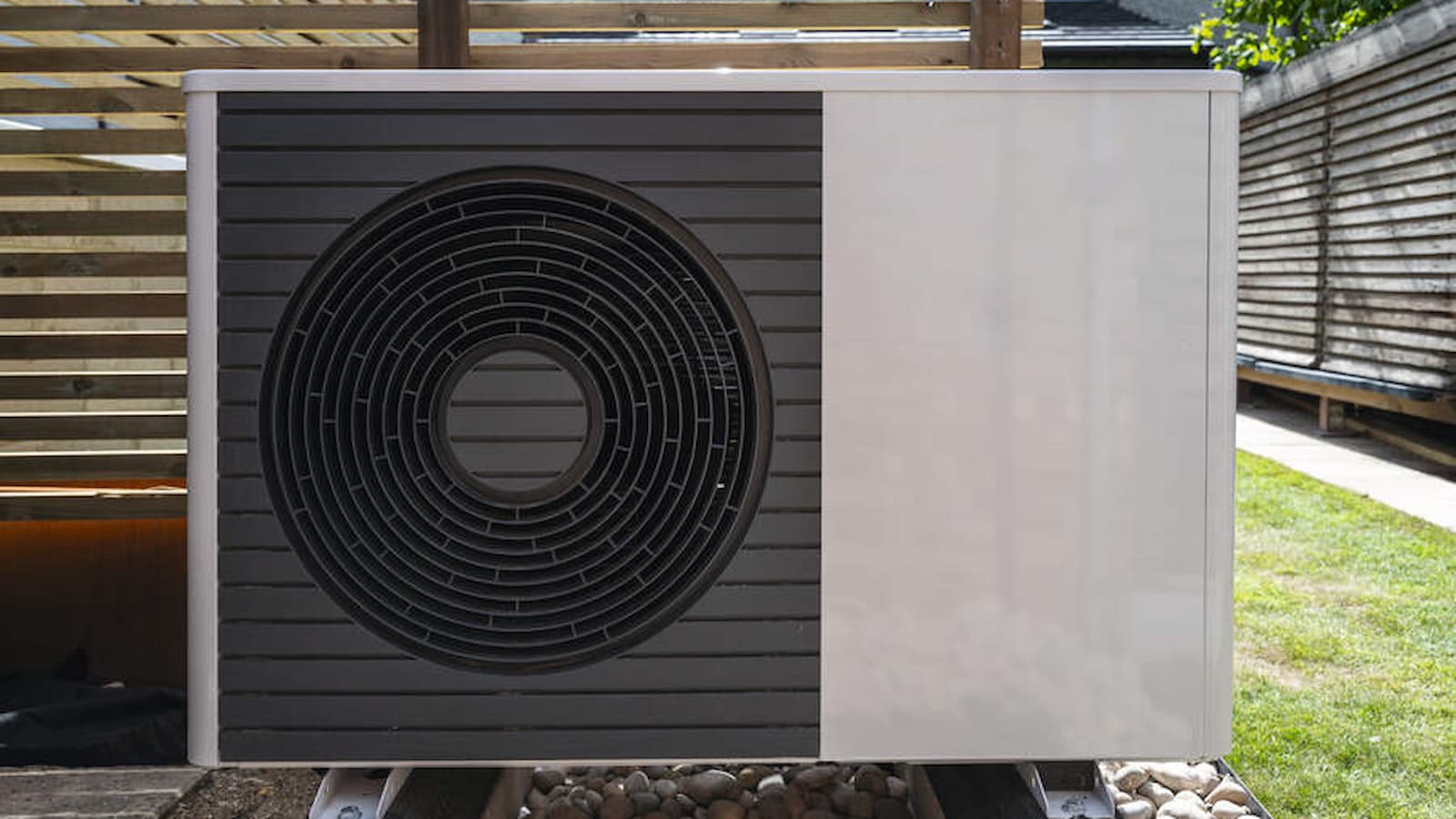Your Top 5 Questions Answered About External Wall Insulation
If you want to cut your energy bills, improve your home's eco credentials and give its kerb appeal a boost, then an external wall insulation system could be for you
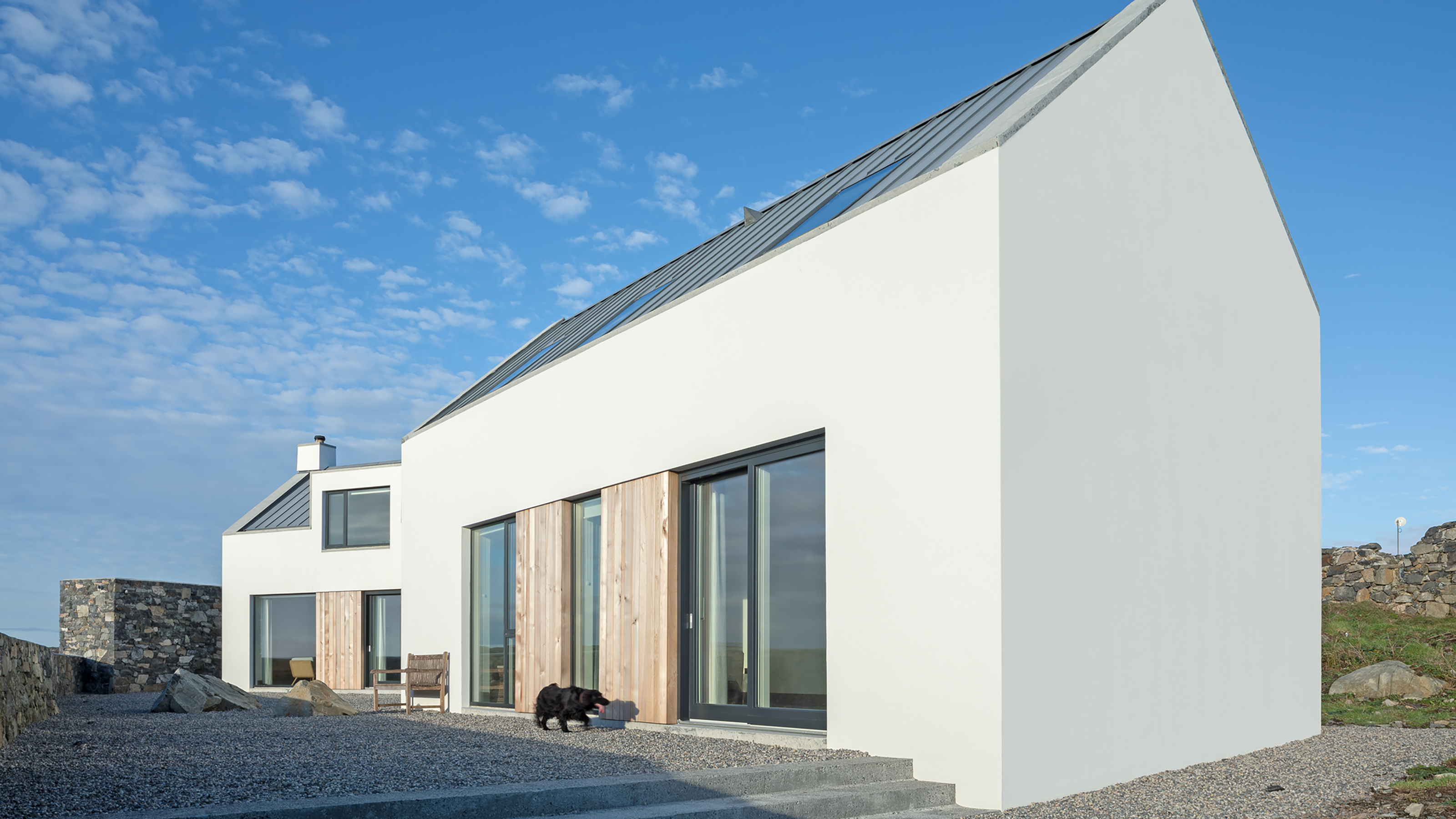
CONTENT SUPPLIED BY BAUMIT
The benefits of external wall insulation systems are numerous, so it should come as little surprise that their popularity is on the rise, with both renovators and self builders alike.
Here, we answer the most frequently asked questions from those considering one of these systems to help you understand the difference they could make to your home, both in terms of how well it performs, as well as its appearance.
1. How Is an External Wall Insulation System Installed?
External Wall Insulation (EWI) systems rely on insulating boards being fitted to the external surface of the vertical walls of a building. They are designed to protect buildings from fluctuating weather conditions, can reduce heat loss and will prevent overheating in the summer months. The best bit? Depending on the scale of the project, these systems can usually be fitted within two weeks.
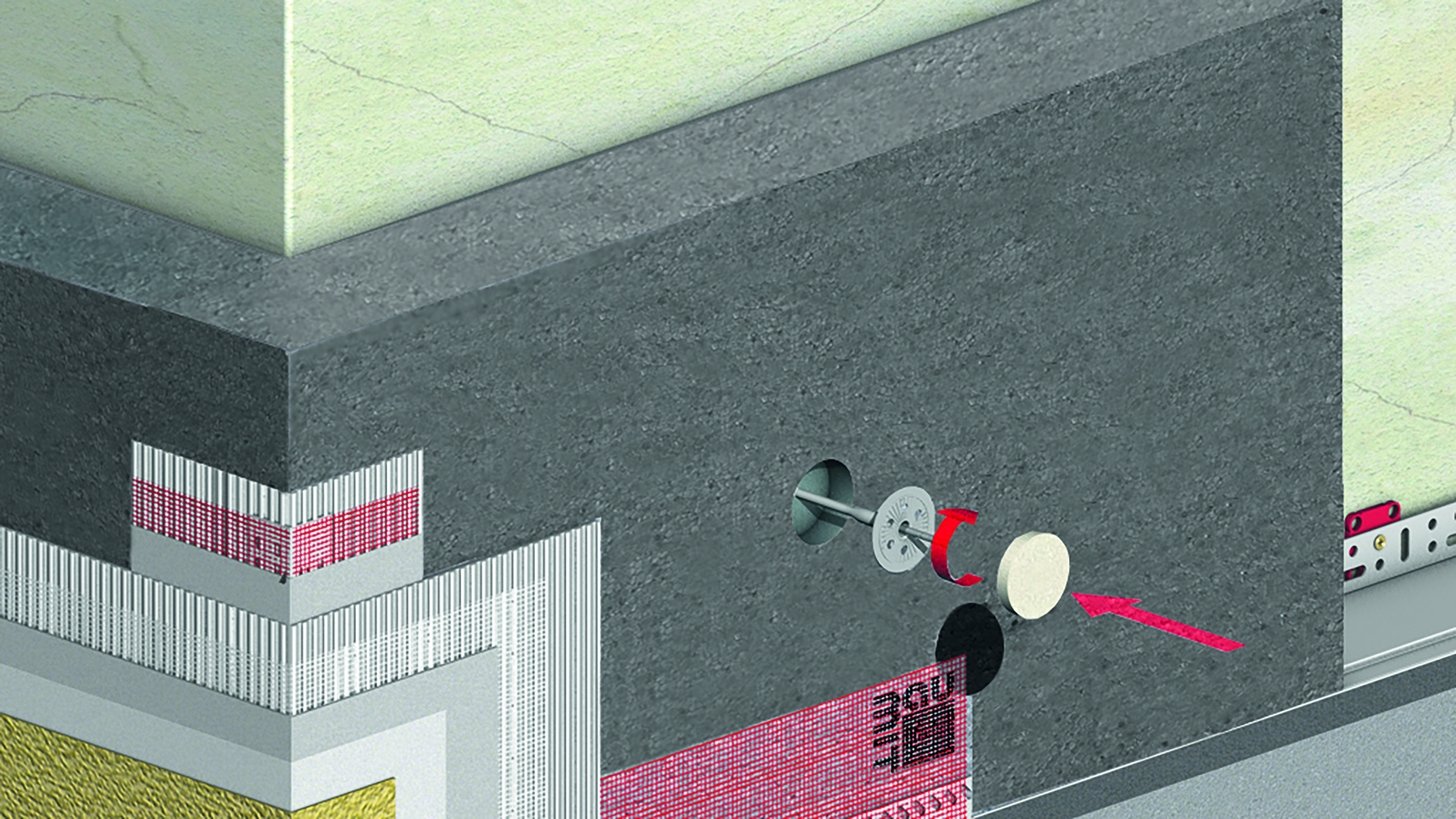
2. Are They An Effective Way to Lower Heating Bills?
While it might come as no surprise to learn that a well insulated home will cost less to keep warm than one that is uninsulated, it may well come as a shock to learn just how much of a difference a good insulation system will make to your heating bills. According to Baumit, specialists in external rendering, façades, insulation and interior paints, by opting for one of their external wall insulation systems, such as the StarSystem EPS or Mineral, you could cut your energy bills by as much as 50%.
3. Can They Be Used on Renovation Projects?
Absolutely — in fact external wall insulation is ideal for older homes. They are especially ideal for homes without a cavity wall. That said, as many systems are designed specifically for use with solid walls, both old and new properties can benefit.
Thermal insulation is one of the best ways to prevent your home from overheating and should be a particular consideration to anyone with lots of glazing — whether it has been introduced by the addition of a new extension or was designed in from the start.
If you are renovating a house and are unsure whether external wall insulation is a viable option, you might be interested to learn that Baumit’s StarSystem EPS is made from expanded polystyrene and can be used on both newly constructed buildings as well as renovations where it can reduce heating costs and visually improve the external look of a property. In addition, if you are the owner of an old house suffering from condensation, you should note that EWI lowers the dew-point (the temperature below which water droplets condense) inside buildings and so prevents condensation forming.
And if you still aren’t convinced, bear in mind that, unlike with internal insulation, an external insulation system won’t take up any space inside your home or create internal disruptions.
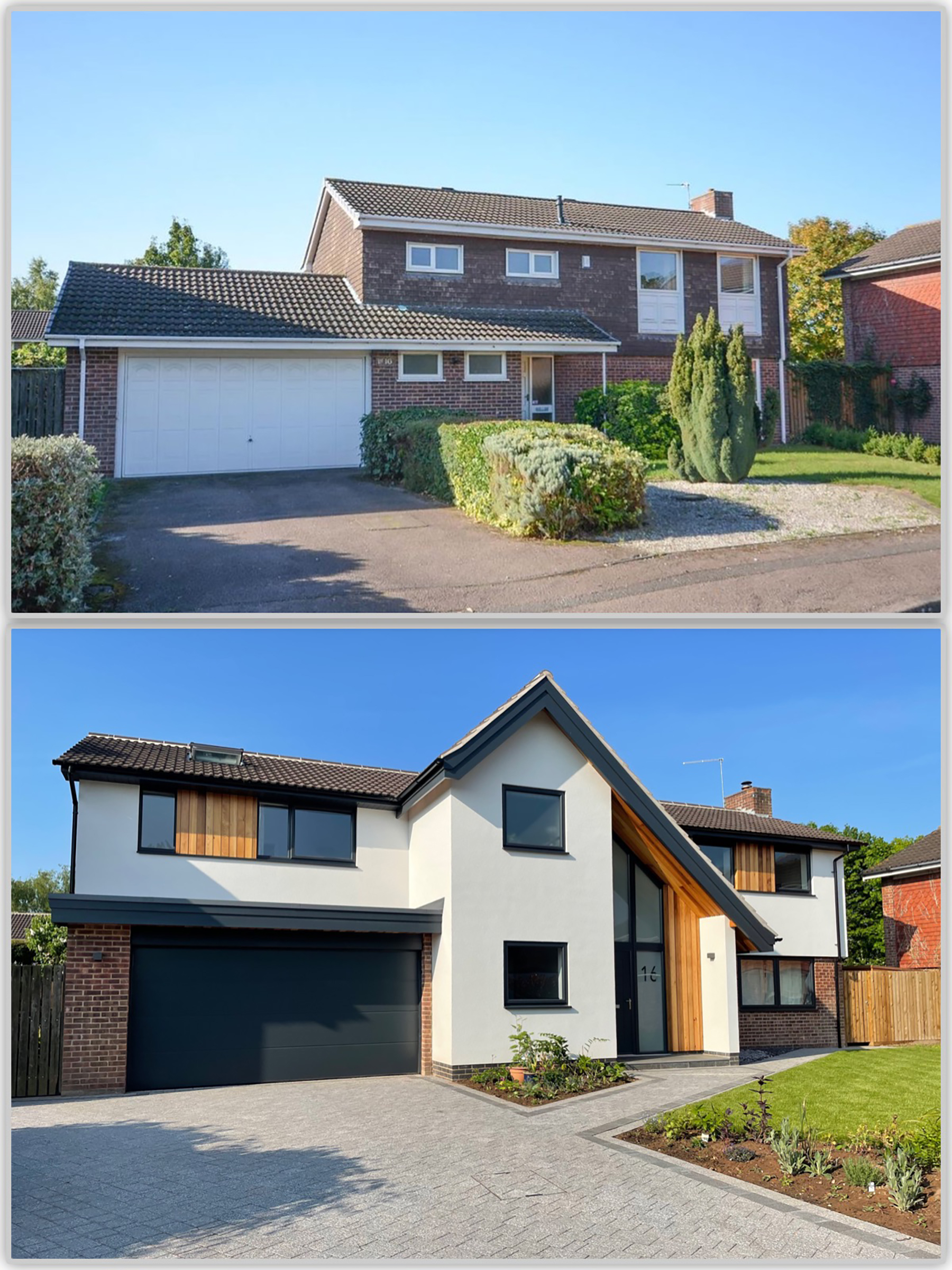
4. Is External Insulation a Sustainable Option?
Not all insulation materials are eco-friendly so do your research before selecting the right product for you. You want to look out for materials such as wood fibre and mineral wool, which are both breathable (and so ideal for renovation projects) as well as ecologically sound. The Baumit NatureSystem, for example, is an ecological alternative to other materials. Sustainable wood products make up the central components of this system, protecting valuable natural resources, helping to reduce CO2 emissions and lowering heating costs.
Despite EPS insulation not being a renewable material as such, it only needs to be installed once in a homeowner's lifetime, meaning it has a reduced environmental impact.
5. How Can It Improve a House’s Appearance?
Unlike interior insulation methods, an external insulation system can double up as a way of improving the kerb appeal of a house. Ugly brickwork, old cracked or stained render and blockwork can all be dealt with by installing exterior insulation finished with a fresh topcoat of coloured render.
The best quality products can be used in conjunction with thermal renders that come in a range of colours, textures and finishes and are also weatherproof and highly durable. Baumit has a variety of mineral and organic topcoat renders suitable for use with all their EWI systems, each available in a huge range of colours.
Another advantage of these systems is that, unless they are being applied to a listed building or one that is located in a designated area, there should be no need to apply for planning permission.
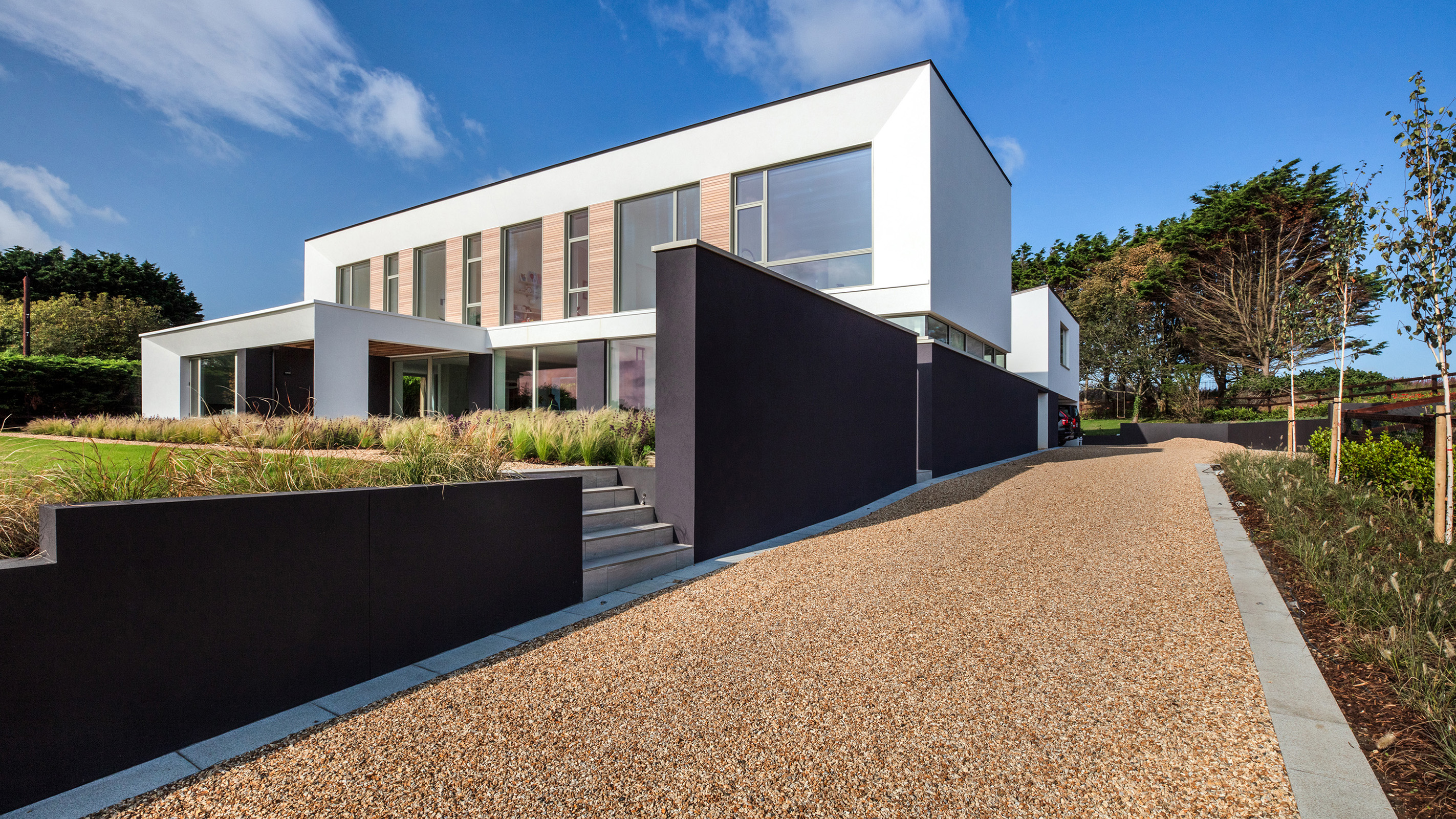
For more information on Baumit’s External Wall Insulation Systems and how they could benefit your home, visit baumit.co.uk/ewi
Get the Homebuilding & Renovating Newsletter
Bring your dream home to life with expert advice, how to guides and design inspiration. Sign up for our newsletter and get two free tickets to a Homebuilding & Renovating Show near you.
